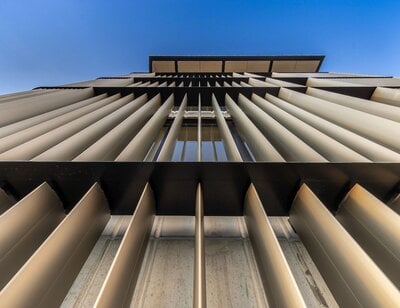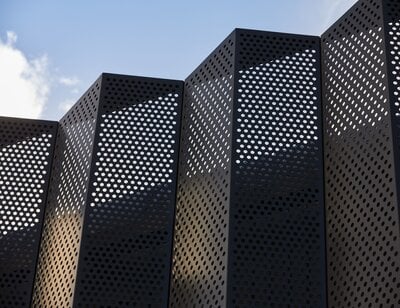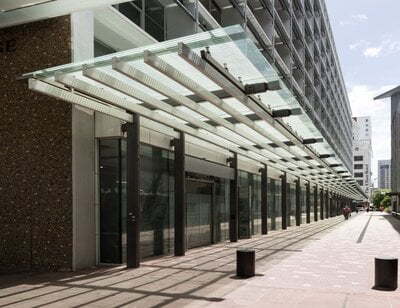"Structural engineering is the practice of making microscopic calculations based on the vaguest of assumptions"
My great uncle said this. He is a structural engineer and I thought it a very profound point.
I had reason to remember this recently when we had an interesting experience where Insol Ltd were asked to tender on some sunshade structures with a very heavy and peculiar design.I won't bore with the details but in summary the facade engineer could not find a way of satisfactorily determining localised loads for the sunshades. AS/NZS 1170 (Appendix D - Free standing walls & hoardings) was initially used but deemed inadequate, the equivalent British standard was used and an excellently documented set of calculations provided. Unfortunately they were based on a fundamentally flawed assumption and applied the same suction pressure experienced at the peak of the roof to the sunshades which were below the soffit and none even in corner zones of the building. The result was over-engineered, barely buildable, and uneconomic. They also had a devastating effect on the construction program.
We used our own engineers and submitted an alternative. The client had it peer reviewed and subsequently awarded us the contract.
There is an important point to make here. I am not trying to vilify the engineer - we all make mistakes.
I can't claim to have read all of 1170, and I certainly don't keep it by my bed (although if I found insomnia a problem I might consider it) but I have made a reasonable thorough search for some clear, simple, & comprehensive guidelines on how to calculate loadings on building appendages such as sunshades and found nothing. (There is a section on canopies but it is rarely applicable to sunshades. There is also the free standing walls & hoardings section but this only applies occaisionally. If anyone can point me to the right place to look in the document I'd be much obliged).
1170 appears to be a smorgasbord of formulae and factors based on experience, scientific testing, and analysis of failures. Much of it plagiarized from similar standards in other countries. Some of the factors seem to have been arrived at with all the science and precision of the 'if in doubt double it' method. It is comprehensive, and the best we have, but still far from perfect in many areas.
Now let me talk about CFD modelling. First I need to declare that I am not an expert in this field. I am just inherently curious and more than passingly fascinated by the possibilities. We first started using CFD to model the aerodynamics and water retention capabilities of ventilation louvres (more on this in a later post). Later we realised the potential to very simply, and very easily model the wind behavior around a building and it's appendages.
I now believe the writing is on the wall.
Software such as Ansys will be to the loadings code what CAD was to drawing boards.
Now I am the first to admit that it is not perfect (yet). We always test our ventilation louvres, and the pressures in the test results never match the pressures in the CFD results. What is important though is that we can eliminate bad designs before we get to the testing stage by studying the effect different designs have on the airflow behavior.
When used on a building, any areas of abnormal pressures are quickly exposed and you can easily determine the differential between loads on the sunshades and the loads on the building face. You still need to use 1170 to arrive at your primary loads but with the CFD model as a supplement you can then proceed with some clear logical reasoning. This approach is far better than the 'if in doubt double it' method.
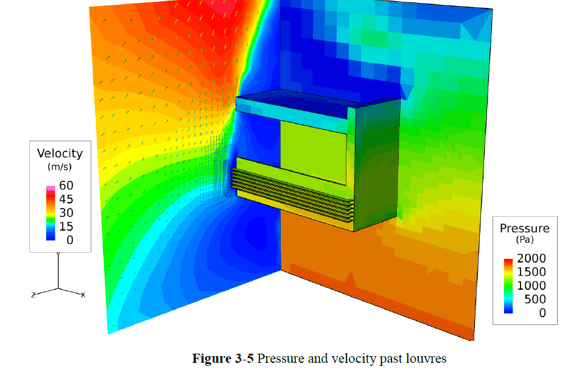
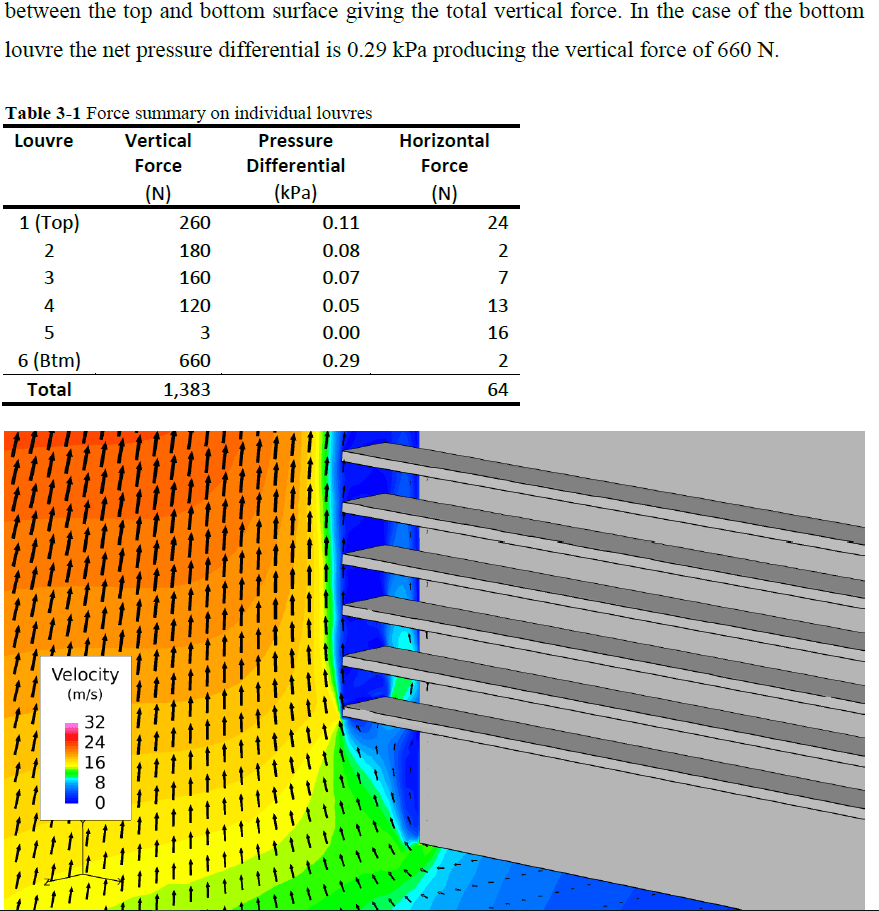
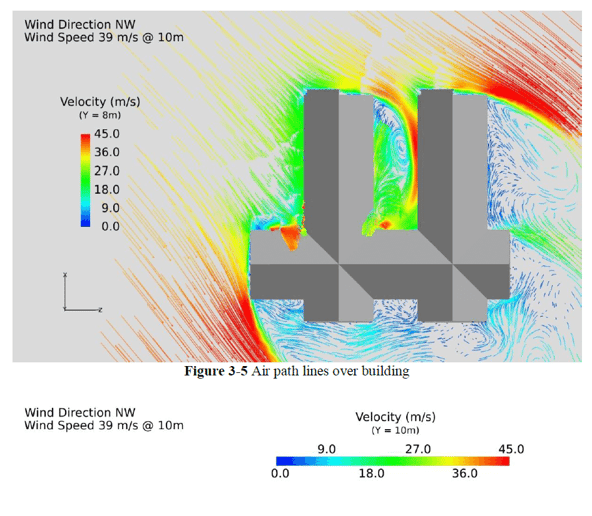
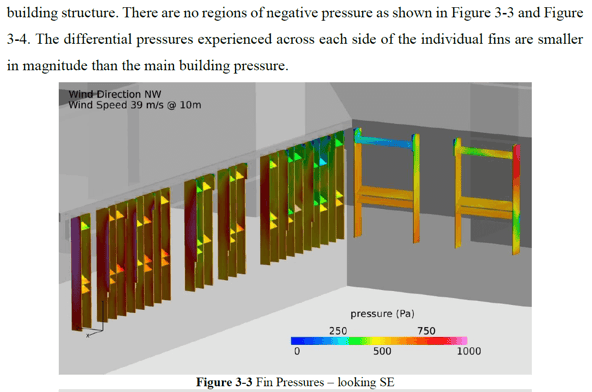
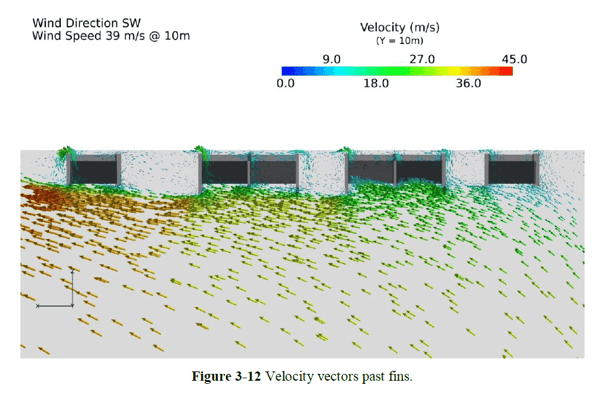
These software are used to design the Aircraft that we routinely trust our life in. The improvement in aircraft performance, efficiency, & build ability as a result of this technology is manifest even to the non-engineering minded.
How long before we can replace 1170 with software? There will be great teething problems but the benefits are many, and the prize is huge. The construction industry has terribly low productivity and even small gains will have a dramatic effect.
If an industry body such as BRANZ were to pilot an initiative in this area (think several test structures in demanding locations bristling with pitot devices and other such gadgetry, partnered with a small army of CFD trained Engineers who match software predictions to real life conditions) which would develop a framework of process and suitable safety factors around the use of such software instead of 1170 I think we could be seeing the benefits in the industry in under 10 years.
Imagine a project where a comprehensive CFD report was provided with the tender documentation to all subcontractors. What a great reduction in risks taken by the un-educated, and what peace of mind for the client.
Do you have a facade design you need advice on? Share your plans with us and an Insol technician can provide you with advice on next steps for your project.

